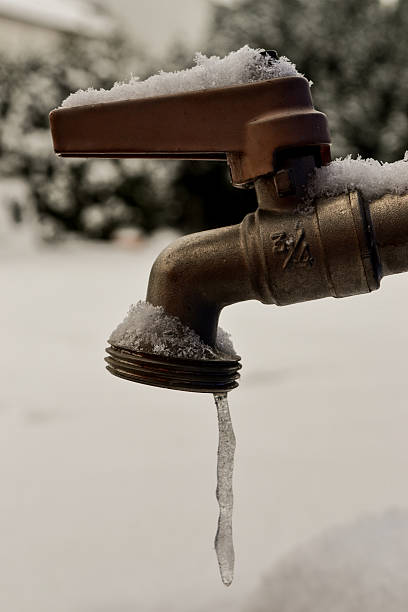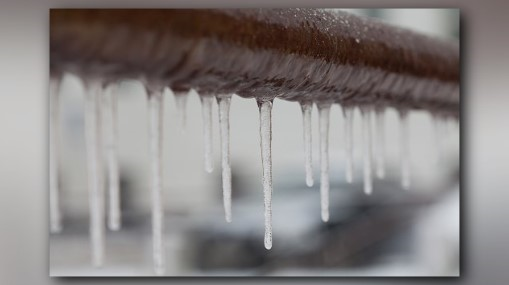Shielding Your Pipes from Freezing Issues: Critical Strategies
Shielding Your Pipes from Freezing Issues: Critical Strategies
Blog Article
This post down below on the subject of How to Prevent Your Pipes From Freezing is immensely intriguing. Don't miss it.

Cold weather can wreak havoc on your plumbing, particularly by freezing pipes. Here's how to stop it from taking place and what to do if it does.
Intro
As temperature levels decline, the threat of frozen pipes boosts, potentially leading to pricey repair services and water damage. Recognizing just how to stop frozen pipelines is vital for house owners in chilly environments.
Recognizing Frozen Pipes
What creates pipelines to ice up?
Pipes ice up when subjected to temperatures listed below 32 ° F (0 ° C) for expanded durations. As water inside the pipes ices up, it broadens, taxing the pipe walls and possibly creating them to burst.
Threats and problems
Frozen pipes can cause water disruptions, building damage, and expensive repair work. Burst pipes can flood homes and cause comprehensive structural damage.
Signs of Frozen Pipes
Identifying icy pipelines early can avoid them from rupturing.
Exactly how to identify icy pipelines
Search for decreased water circulation from taps, unusual smells or sounds from pipes, and noticeable frost on subjected pipes.
Avoidance Tips
Protecting vulnerable pipelines
Wrap pipelines in insulation sleeves or use warmth tape to safeguard them from freezing temperature levels. Focus on pipelines in unheated or exterior locations of the home.
Home heating methods
Keep indoor rooms adequately heated up, particularly areas with pipes. Open cabinet doors to allow warm air to distribute around pipelines under sinks.
Safeguarding Outdoor Pipes
Yard pipes and outdoor faucets
Detach and drain pipes yard hoses before wintertime. Set up frost-proof faucets or cover exterior faucets with insulated caps.
What to Do If Your Pipelines Freeze
Immediate activities to take
If you suspect frozen pipelines, maintain taps available to relieve stress as the ice thaws. Utilize a hairdryer or towels soaked in hot water to thaw pipes gradually.
Long-Term Solutions
Architectural modifications
Consider rerouting pipelines away from exterior wall surfaces or unheated areas. Include added insulation to attics, basements, and crawl spaces.
Updating insulation
Invest in top quality insulation for pipes, attic rooms, and walls. Appropriate insulation helps keep consistent temperature levels and decreases the threat of frozen pipelines.
Verdict
Stopping icy pipes needs proactive procedures and fast responses. By comprehending the causes, indicators, and preventive measures, homeowners can safeguard their plumbing during winter.
5 Ways to Prevent Frozen Pipes
Drain Outdoor Faucets and Disconnect Hoses
First, close the shut-off valve that controls the flow of water in the pipe to your outdoor faucet. Then, head outside to disconnect and drain your hose and open the outdoor faucet to allow the water to completely drain out of the line. Turn off the faucet when done. Finally, head back to the shut-off valve and drain the remaining water inside the pipe into a bucket or container. Additionally, if you have a home irrigation system, you should consider hiring an expert to clear the system of water each year.
Insulate Pipes
One of the best and most cost-effective methods for preventing frozen water pipes is to wrap your pipes with insulation. This is especially important for areas in your home that aren’t exposed to heat, such as an attic. We suggest using foam sleeves, which can typically be found at your local hardware store.
Keep Heat Running at 65
Your pipes are located inside your walls, and the temperature there is much colder than the rest of the house. To prevent your pipes from freezing, The Insurance Information Institute suggests that you keep your home heated to at least 65 degrees, even when traveling. You may want to invest in smart devices that can keep an eye on the temperature in your home while you’re away.
Leave Water Dripping
Moving water — even a small trickle — can prevent ice from forming inside your pipes. When freezing temps are imminent, start a drip of water from all faucets that serve exposed pipes. Leaving a few faucets running will also help relieve pressure inside the pipes and help prevent a rupture if the water inside freezes.
Open Cupboard Doors
Warm your kitchen and bathroom pipes by opening cupboards and vanities. You should also leave your interior doors ajar to help warm air circulate evenly throughout your home.

I came across that blog posting about How to prepare your home plumbing for winter weather while doing a lookup on the internet. In case you enjoyed reading our article if you please do not forget to pass it around. Thanks a lot for your time invested reading it.
Quote & Schedule Report this page